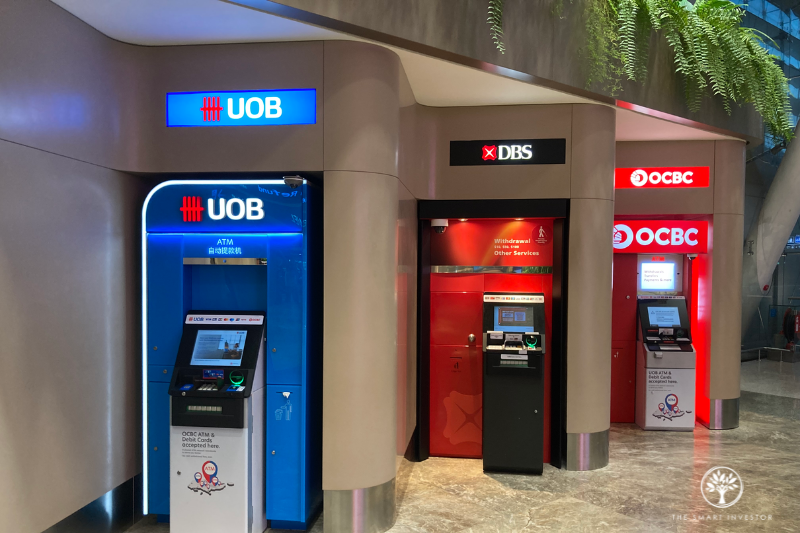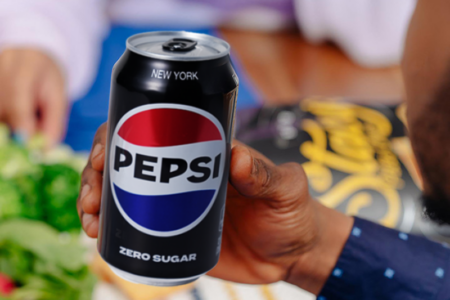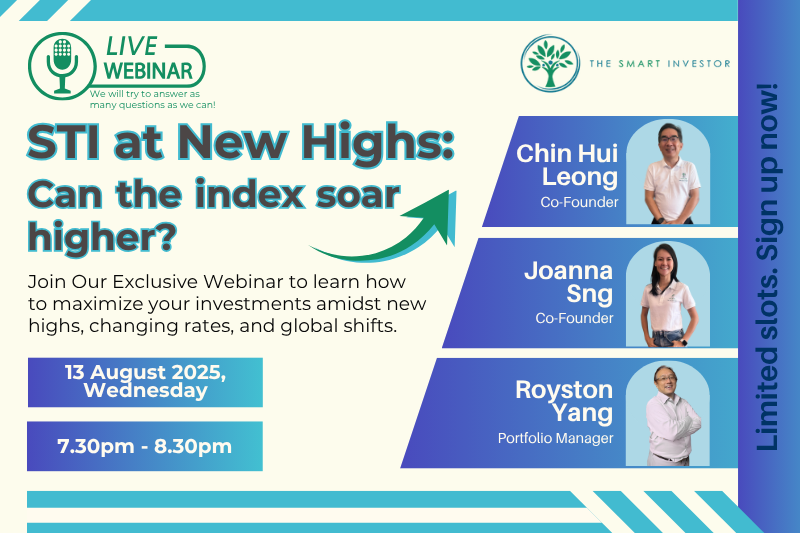Trump’s wave of tariffs, termed “Liberation Day”, has unleashed a wave of chaos across global stock markets.
The NASDAQ Composite Index fell into a bear market while the Straits Times Index (SGX: ^STI) entered a correction as it fell around 13.4% from its peak of 4,000 points.
The bellwether blue-chip index’s decline was led by the three local banks, namely DBS Group (SGX: D05), United Overseas Bank (SGX: U11), or UOB, and OCBC Ltd (SGX: O39).
As of 8 April 2025, DBS had fallen 16.5% over the past three trading days.
OCBC was not far behind with a 13.3% tumble while UOB’s share price skidded 12.9% since 3 April.
With the three banks’ share prices falling from their highs, should investors bite?
Strong results for 2024
All three banks reported strong results for 2024 with net profit hitting a record high.
DBS saw its net profit climb 12% year on year to an all-time high of S$11.3 billion on the back of a 10% year-on-year increase in total income.
OCBC’s net profit rose 8% year on year to a record S$7.6 billion while UOB’s net profit stood at S$6 billion, up 6% year on year.
All three banks also announced a slew of share buybacks, special dividends, and capital return dividends to return surplus capital to shareholders.
Back then, in February 2025, the banks’ CEOs provided sanguine assessments of the global economy that sought to reassure investors that growth could still continue into 2025.
UOB expects high single-digit loan growth along with double-digit fee income growth.
DBS projected positive loan growth along with non-interest income growth in the high-single digits.
However, this outlook has darkened considerably with the announcement of a wave of tariffs by the US, along with reciprocal tariffs by China and other major powers such as Canada.
Triggering a potential trade war
At the time of writing, China has pushed back against Trump’s tariffs by unveiling its own 34% counter-tariff on US products.
Trump has retaliated by increasing tariffs further on Chinese products to a staggering 104% if the existing levies imposed in February and March are accounted for.
Beijing has vowed to “fight till the end”, possibly pushing the world into a punishing trade war as it labels the US’s actions “blackmail”.
China said that it is fully confident of maintaining sustained and healthy economic growth, but investors may not be so sure of that as these tit-for-tat tariffs will surely increase prices for Chinese consumers.
Other nations such as Canada and the European Union have also lashed out at the tariffs and vowed retaliation.
The EU may be planning tariffs of up to 25% on American goods while Canada’s tariffs on US auto imports will take effect on 9 April.
Elsewhere, the US is gearing up to announce a major tariff on pharmaceuticals, where Trump had previously floated the idea of tariffs of 25% or higher on this sector.
Anaemic loan growth and more bad loans
The tariff situation remains dynamic with each country poised to either negotiate with Trump or impose retaliatory tariffs.
It’s still too early to determine how the situation will pan out, but one thing is for sure – these widespread tariffs will raise overall costs for everything from food and consumer products to automobiles and medicines.
As a result, companies will need to reassess their growth strategies and many will pause their capital expenditure plans as costs shoot up.
Because of this, businesses may hold off taking up new loans, resulting in anaemic loan growth for the banks.
Loans could even contract if the tariffs result in a ripple effect where consumer demand is severely dented, resulting in plunging demand for goods and services as consumers tighten their wallets.
In addition, banks may also face the prospect of more bad loans as companies struggle with cash flows amid higher costs.
The non-performing loans ratio may increase and has to be carefully monitored as banks re-evaluate the business landscape. More general and specific provisions may also have to be made which will hit the lenders’ bottom lines.
A reprieve: interest rates may stay high
Banks could get a reprieve, though.
As tariffs take effect around the world, it will trigger higher inflation as costs increase across the board.
Should inflation prove stickier than expected, the US Federal Reserve may hold back on cutting interest rates to combat inflation.
The three banks may be able to maintain their net interest margins for longer than expected should rates stay elevated.
Get Smart: The outlook remains murky
It’s still early days as Trump’s Liberation Day tariffs are still dynamic and could change as the President tackles responses on multiple fronts.
The outlook remains murky for now and investors should wait for the three banks’ next quarterly earnings to read their commentary and know what to expect.
While plunging share prices may look enticing, it pays to analyse the situation first and not jump in rashly.
Big Tech is spending hundreds of billions on AI, and the ripple effects are just beginning. Our new investor guide shows how AI is changing the way companies generate revenue, structure their business models, and gain an edge. Even if you already know the major players, this report reveals something far MORE important: The why and how behind their moves, and what it means for your portfolio. Download your free report now.
Follow us on Facebook and Telegram for the latest investing news and analyses!
Disclosure: Royston Yang owns shares of DBS Group.






